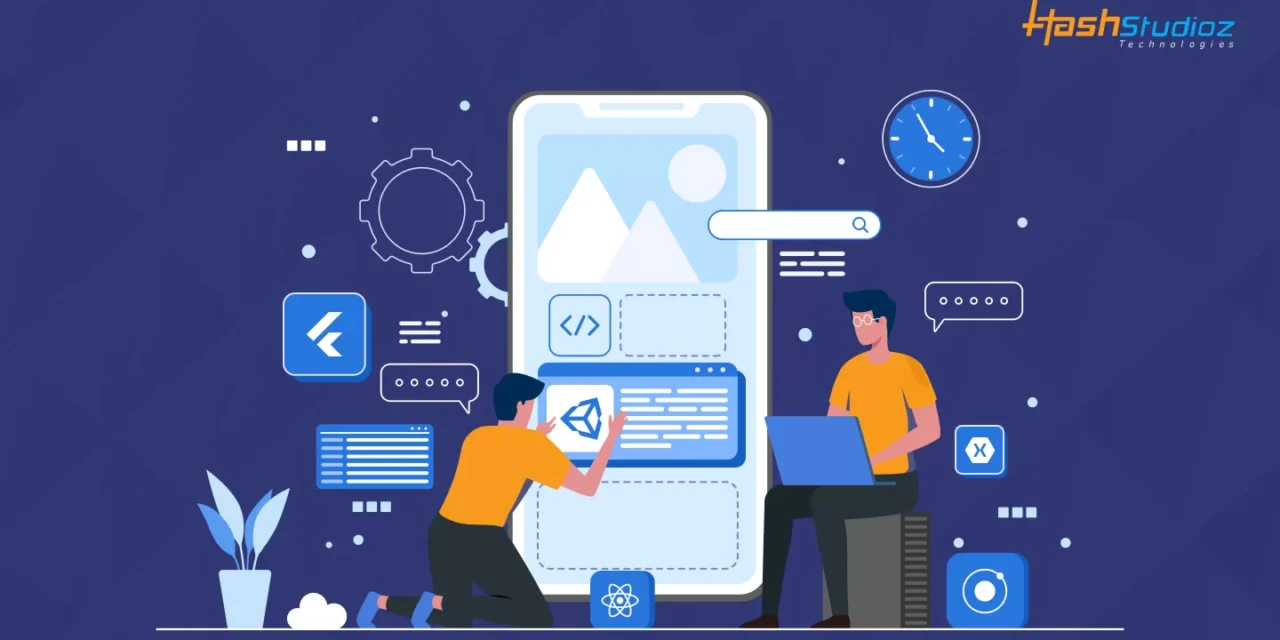React has emerged as one of the most popular JavaScript libraries for building user interfaces. With its component-based architecture and efficient rendering, React has become the go-to choice for many developers. As the technology landscape continues to evolve, it’s essential for developers to stay updated with the latest optimization techniques to ensure that their React apps are performant and efficient.
Here, we will explore the top 10 React app optimization techniques for the year 2024. Organizations who want assistance with React app optimization should get in touch with a dependable mobile app development company.
Introduction to React App Optimization
To begin with, it’s important to understand the significance of optimizing React apps. In today’s digital age, user experience plays a crucial role in the success of any application. Users expect fast-loading, responsive, and smooth-running applications, and any performance bottlenecks can lead to user dissatisfaction and abandonment.
Therefore, optimizing React apps is not just a matter of technical efficiency but also a key factor in ensuring user satisfaction and retention. For react app optimization, hiring a reliable mobile app development company is highly advised for organizations.
Code Splitting and Dynamic Imports
Code splitting is one of the core optimization strategies for React applications. The process of code splitting entails dividing the application code into smaller sections and loading them only when needed.
This method can drastically cut down on the amount of code that the browser has to download and process, which will speed up the application’s initial load time. In 2024, code splitting will still be an essential optimization strategy due to the growing complexity of online applications.
Lazy Loading of Components and Routes
Lazy loading of components and routes remains a useful optimization approach even in 2024. All routes and components are loaded at startup in a typical React application, which causes lengthier initial load times, particularly in bigger apps. Lazy loading allows developers to reduce the initial bundle size and enhance the responsiveness of their applications by delaying the loading of specific components and routes until they are really needed.
Performance Profiling and Analysis
Performance profiling and analysis are essential for pinpointing bottlenecks and areas that require improvement in optimizing React apps. Performance profiling will be even more important in 2024 due to the complexity of online applications growing and the variety of devices and network circumstances.
Developers may pinpoint areas for improvement by using tools like React DevTools, Chrome DevTools, and Lighthouse, which offer thorough insights into the performance of React apps.
Server-Side Rendering and Pre-rendering
Pre-rendering and server-side rendering (SSR) are two methods that are still useful for optimizing React apps. SSR with pre-rendering may greatly reduce the application’s initial load time and time to interact (TTI) by rendering React components on the server and providing the pre-populated HTML to the client. In 2024, pre-rendering and SSR will still be useful methods for React app optimization because of the growing focus on SEO and performance.
Bundle Analysis and Optimization
An essential part of optimizing React apps is optimizing JavaScript bundles. Online programs will continue to grow in complexity and size in 2024, therefore JavaScript bundle optimization will be essential to ensure fast load times and efficient resource usage.
Bundle analysis tools such as Webpack Bundle Analyzer and source-map-explorer let developers view and understand the dependencies, module sizes, and duplication in their JavaScript bundles. A mobile app development company with significant expertise will be proficient in bundle analysis and optimization.
Caching and Data Fetching Optimization
Optimizing React apps requires effective caching and data fetching techniques, especially when working with dynamic and data-driven applications. In 2024, caching and data fetching optimization strategies will continue to be at the forefront of React app optimization due to the growing dependence on real-time data and engaging user experiences.
Through the utilization of strategies like server-side caching, client-side caching, and intelligent data fetching, developers may reduce the number of needless network requests and improve application responsiveness. Dedicated skillful React developers possess immense knowledge in caching and data fetching optimization.
Progressive Web App (PWA) Optimization
Progressive Web Apps, or PWAs, are a hot topic in web development as the need for quick, dependable, and interesting online experiences grows. With capabilities like push notifications, offline support, and home screen installation, PWAs bring together the finest aspects of online and mobile apps.
PWAs continue to be a major area of attention for React app optimization in 2024 because they let developers create highly optimized and aesthetically pleasing experiences across a range of devices and network situations.
Accessibility and Performance Best Practices
Maintaining accessibility and speed best practices is crucial to improving React apps. Following recommended practices for performance and accessibility is still essential to optimizing React apps in 2024, as digital inclusion and performance equality become more and more important. React apps must take accessibility factors like keyboard navigation, screen reader compatibility, and color contrast compliance into account in order to be inclusive and useable by all users.
Continuous Integration and Deployment (CI/CD) for Optimization
Continuous integration and deployment (CI/CD) techniques are essential for preserving and enhancing application performance in the context of React app optimization. By 2024, developers will be able to automate build and deployment workflows, testing, and build procedures thanks to the rapid advancement of continuous integration and continuous delivery (CI/CD), which will become a crucial component of optimizing React apps.
Hire Dedicated Skilful React Developers for React App Optimization
For React app optimization, it is crucial to hire dedicated skillful React developers.
Here are the reasons why:
1. Expertise in React Development
A plethora of knowledge about React development is brought to the table by committed and talented React developers. These experts are well-versed in the fundamental ideas of React, such as virtual DOM, state management, components, and JSX. They have extensive experience creating dynamic, highly responsive user interfaces by utilizing React’s features and capabilities.
2. Understanding of Performance Optimization Techniques
A thorough grasp of performance optimization methods and best practices is necessary to optimize React apps for performance. Devoted and proficient React developers have the know-how to apply optimization techniques like memoization, code splitting, and lazy loading to improve the efficiency of React apps. They comprehend the value of effective data fetching and caching, the effect of component re-rendering, and the necessity of lowering bundle sizes.
3. Focus on Code Quality and Best Practices
React developers’ attention to code quality and best practices is another strong argument for hiring them for React app optimization. They are committed and skilled. These experts are dedicated to producing code that complies with coding standards and industry best practices and is clear, efficient, and maintainable.
Conclusion
The optimization of React apps is a multifaceted and dynamic endeavor that requires a holistic approach to performance, user experience, and development practices. The top optimization techniques for React apps in 2024 encompass many considerations.
By embracing these techniques with the help of a mobile app development company, organizations can ensure that their React apps are highly optimized, performant, and well-positioned for success.















